Military Model Scene
Robin Buckland's
F-4U Corsair in 1/144...
...news from AFV Club

UPDATE: Jan 2018 - I have an example of this kit now. Very neatly done and good news that you get 2 complete kits in the box, so you can build two of the colour and marking options provided for. I will go for the Fleet Air Arm example and one of the US Navy options.
Some news from AFV Club as they are releasing a new 1/144 kit of the F-4U, with a good choice of colour and marking schemes. Their notes tell us:-
The period of peace between the two world wars saw continuous advancement in aviation technologies. With WWII approaching, European aviation technology was in the lead with Japan trailing behind. Following a period of isolationism, the United States still had biplane Grumman F3F fighters aboard its carriers in 1938. To address the situation, the US Navy had just accepted the new Brewster F2A Buffalo for carrier service despite its less than spectacular performance.
In March of the same year, the US Navy bureau of aeronautics sent out requests a for high performance ship-borne aircraft capable of carrying 3 to 4 bombs with a range of over a thousand miles. Chance-Vought submitted proposal V-166B that utilized the new Pratt and Whitney R-2800 then under development. When this enormous air-cooled power plant came into service its 2000 hp output surpassed all other power plants of its time. To effectively put this enormous output to use, the diameter of the propeller was increased to an amazing 13ft, 4in. Consequently an inverted gull wing was utilized on the V-166B to give the large propeller sufficient ground clearance without lengthening the landing gear making it prone to collapse. The inverted gull wing also reduced drag where the wing joins the fuselage.
In February of 1939, V-166B was selected among other bidders and production of XF4U commenced. To fulfill the requirements of aerial combat, 3 MG53-20 .50 caliber machine guns were placed into each wing. In April of 1941, production of the F4U was begun with the name “Corsair” as it’s official moniker.
In June of 1942, the F4U-1 went into active service. Due to the lengthy nose, which affected its forward visibility, combines with some undesirable carrier landing characteristics, the Corsair was not deployed as a ship-borne aircraft. Instead they were used as land-based fighters in the Pacific on bases like Guadalcanal and in the Solomon Islands. To address some of these shortcomings, the F4U-1A was introduced In November of 1942 with bubble type canopy and raised cockpit for better forward visibility.
Through war attrition, Japanese air combat strength progressively diminished. With dominance of the skies established, new sorties were assigned to Corsair units in March of 1944: Air-to-ground attack. In following month, the ground attack capability of the Corsair was further enhanced with the introduction of the F4U-1D with underwing pylons. Eventually launch rails were installed in underwing stations for the 5 in. aerial rockets.
By the end of 1944, Corsairs were deployed off carriers in large numbers and further involved in ground attack in the Western pacific. Developed concurrently with the F4U-1D, the F4U-1C, armed with four 20mm canons (in place of the six .50 caliber machine guns) was introduced. By 1945, Corsairs had participated in fleet escort operations and offensive sorties agains Okinawa.
In addition to service with the US Navy, the British Royal Navy procured over two thousand Corsairs of various models. Interestingly, the British were able to solve the corsair’s landing difficulties and started to deploy their Corsairs off of carriers early in 1944; well ahead of United States. Corsairs of the Royal Navy later participated in patrol and combat sorties of the coast of Norway, Indian Ocean, and Japan proper.
The Royal New Zealand Air Force also acquired approximately four hundred corsairs of various models and used them primarily from land-based units stationed in the Solomon and Rabul islands. At the end of the war, a squadron of Corsairs was sent to Japanese main land via carrier to perform post occupational duties.
Thanks to AFV Club for the news.
Robin
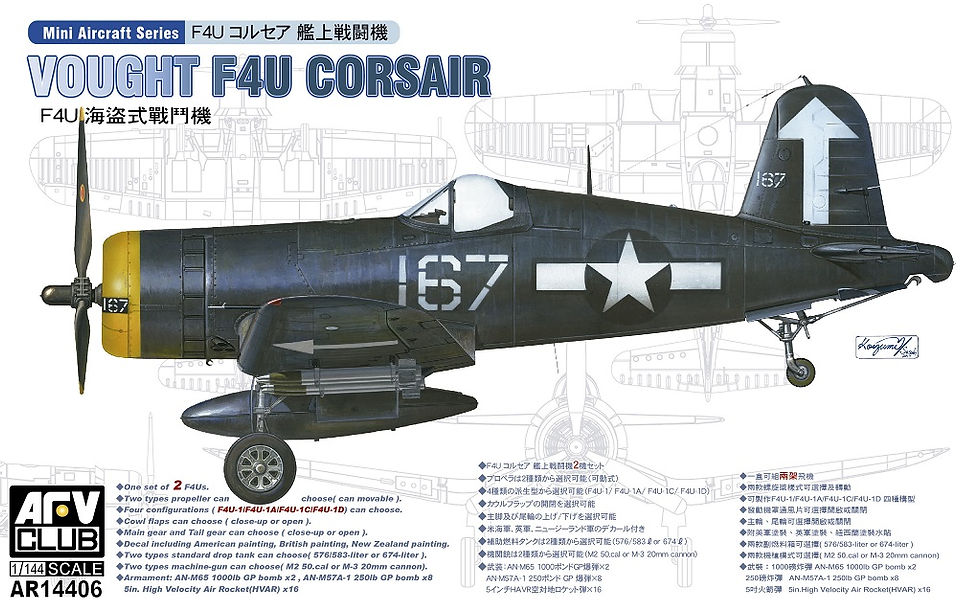
Box art 1
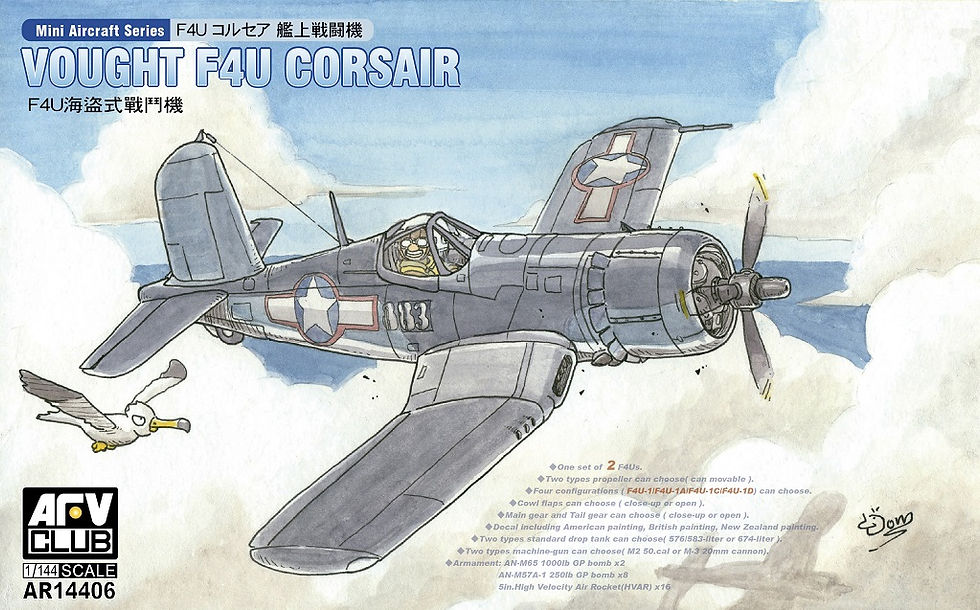
Box art 2

Notes
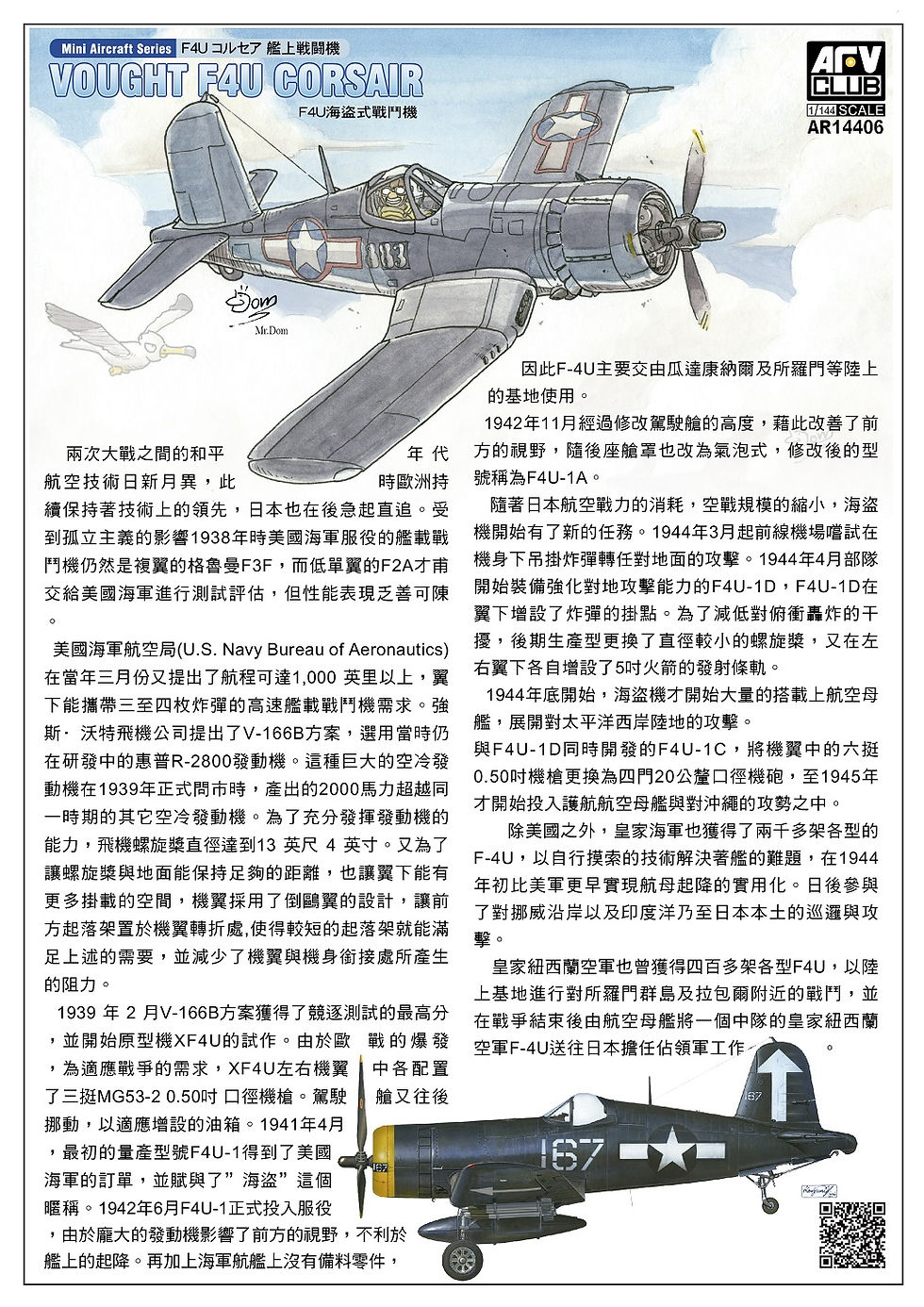
Notes
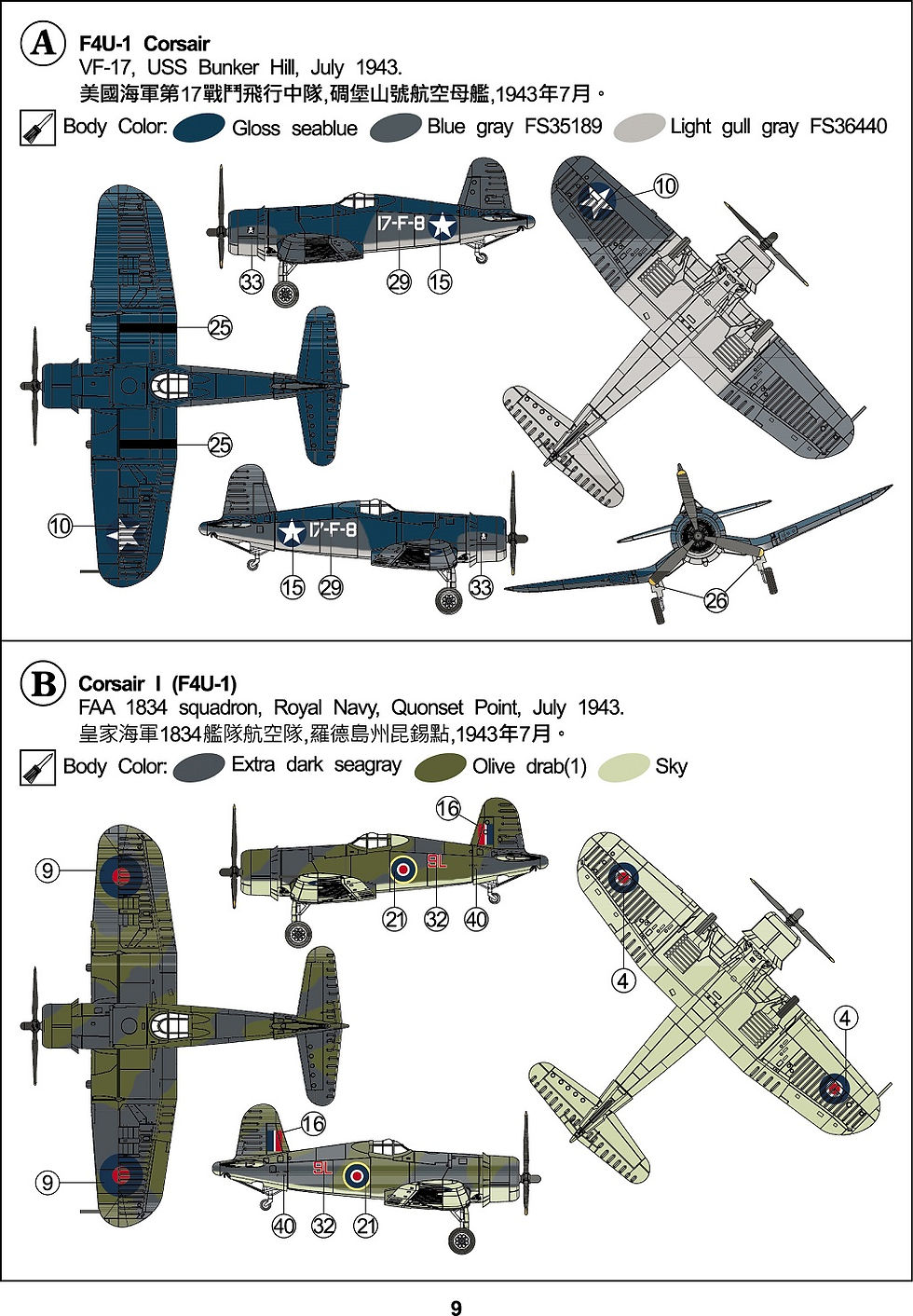
Colour and Markings option

Colour and Markings option
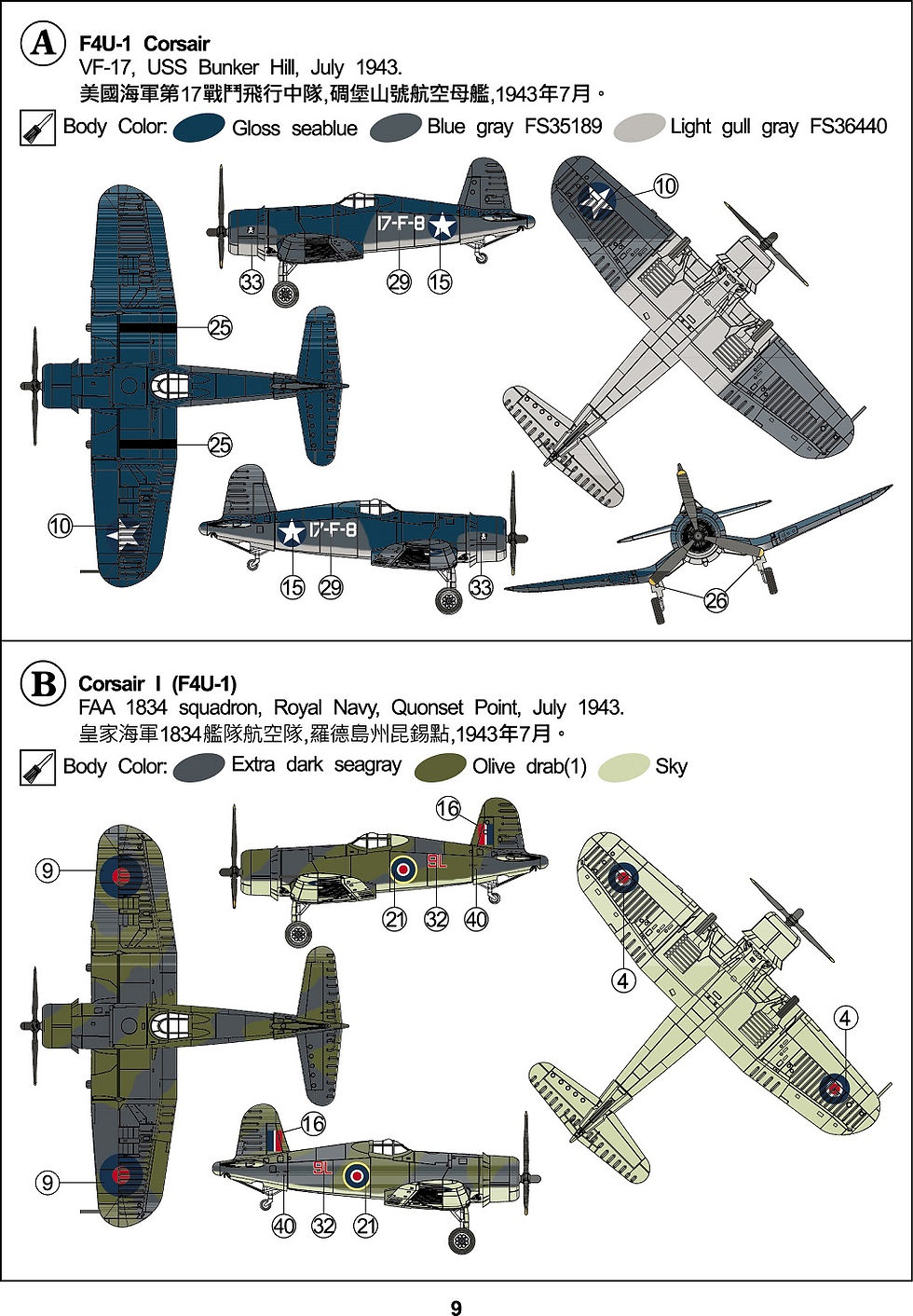
Colour and Markings option
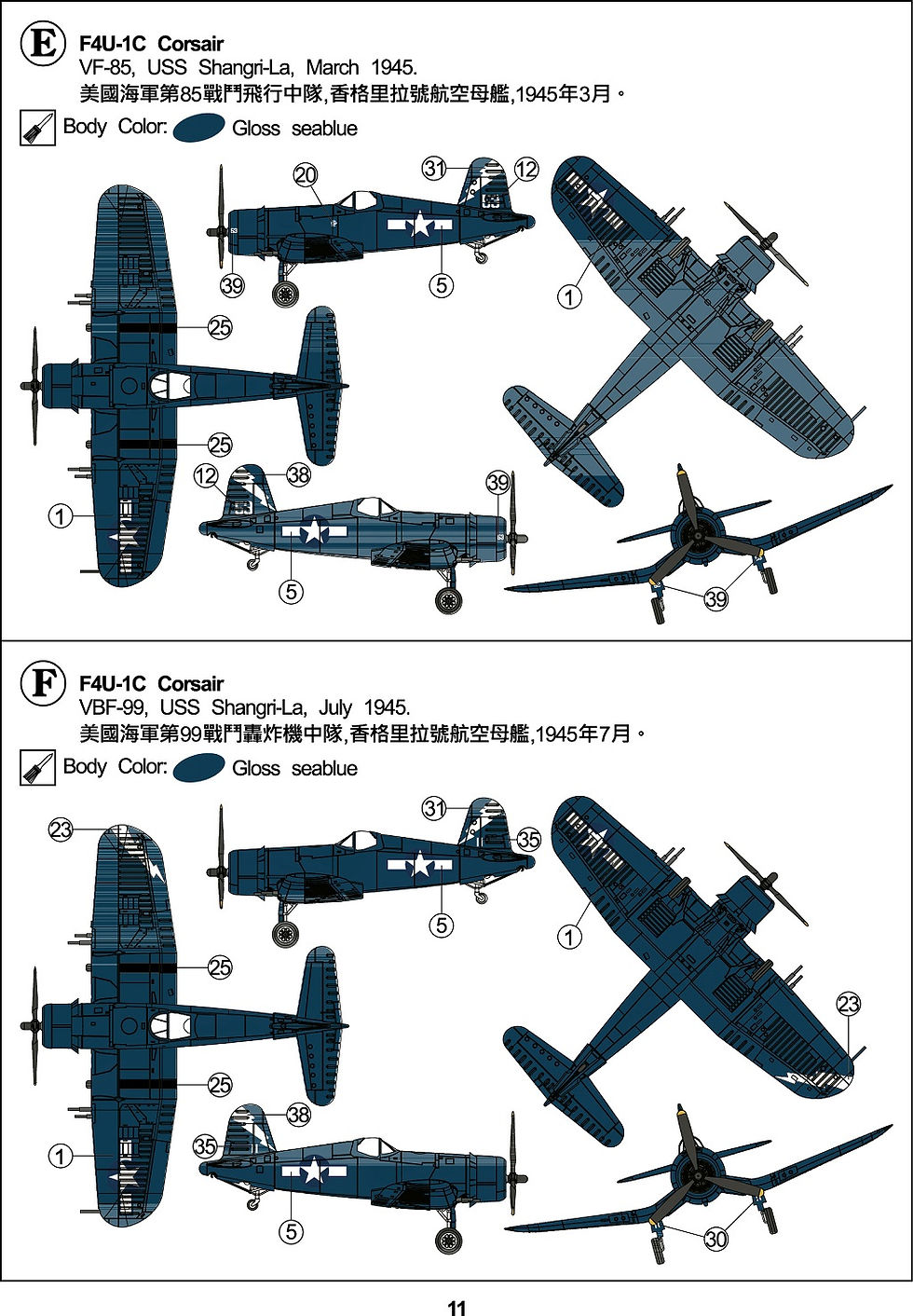
Colour and Markings option

Colour and Markings option

Built model

Built model

Built model

Built model

Built model

Built model
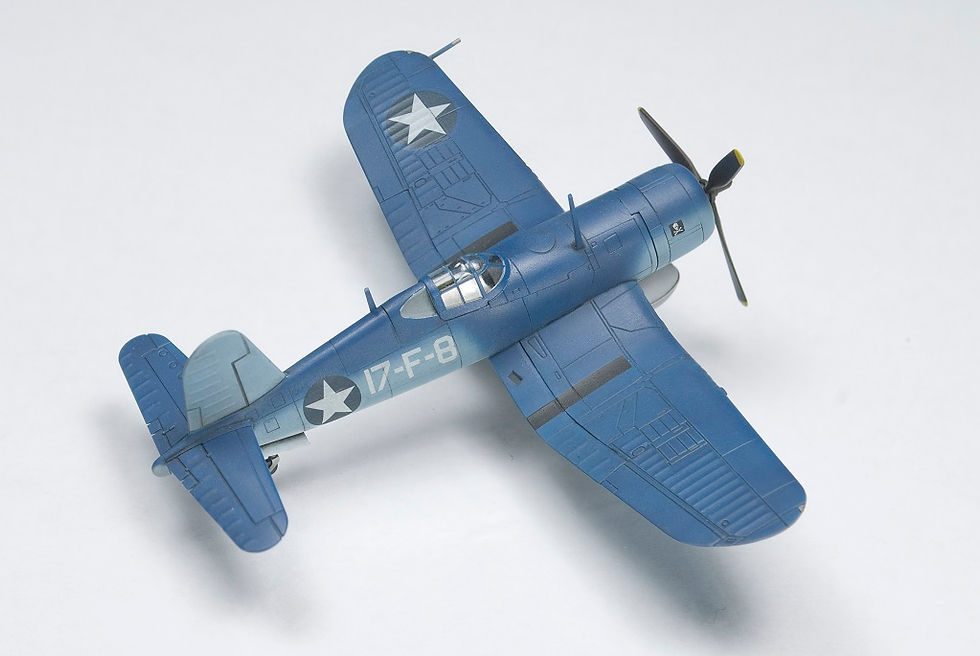
Built model

Built model
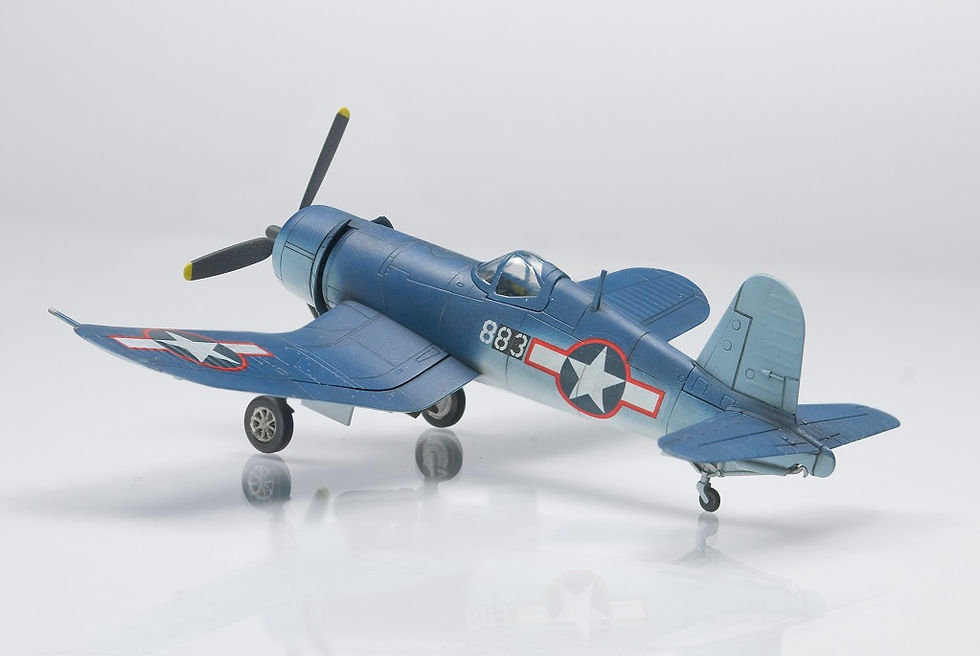
Built model
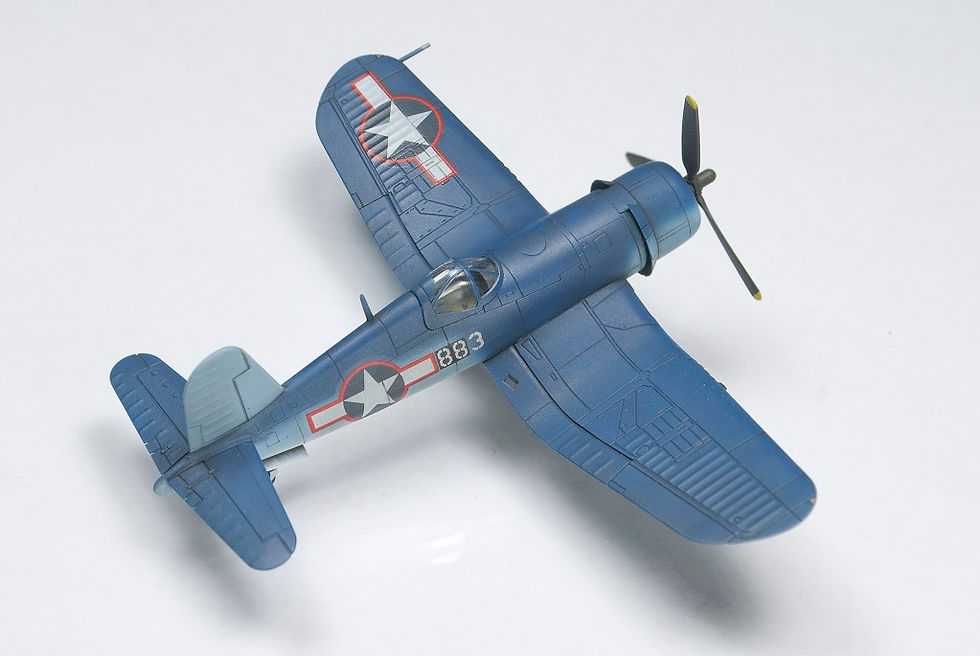
Built model

Built models

Parts sprue 1

Parts sprue 2

Parts sprue 3
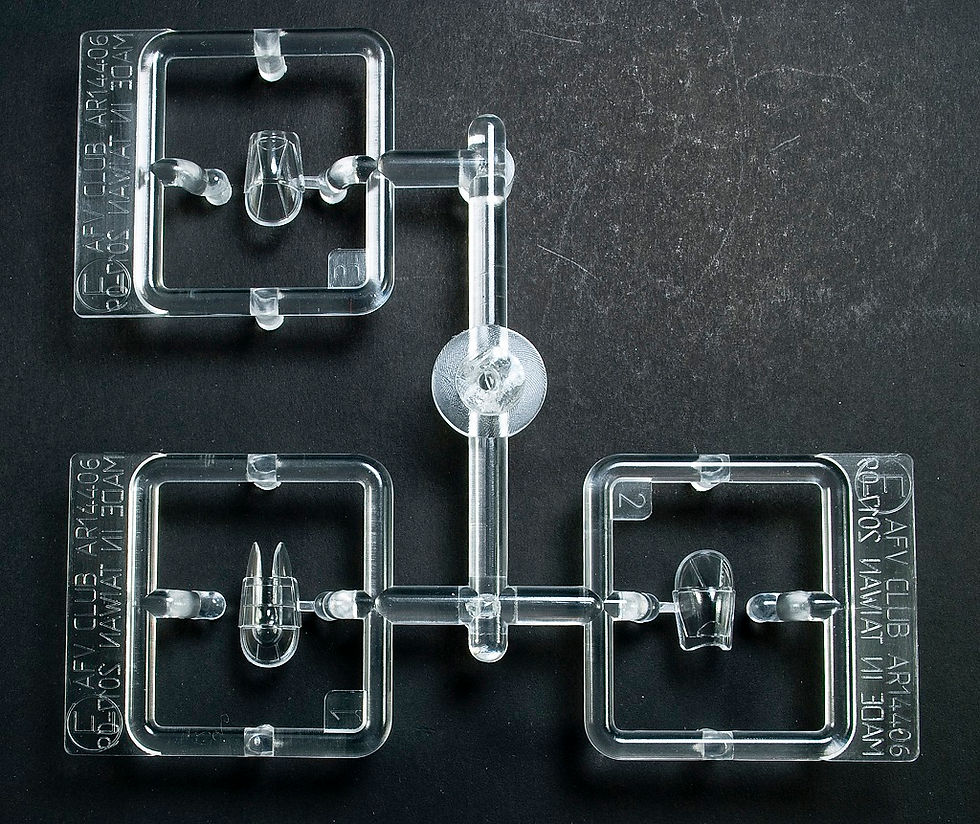
Clear parts sprue

Transfers